Abandoned Places Around the World
Abandoned Places Around the World
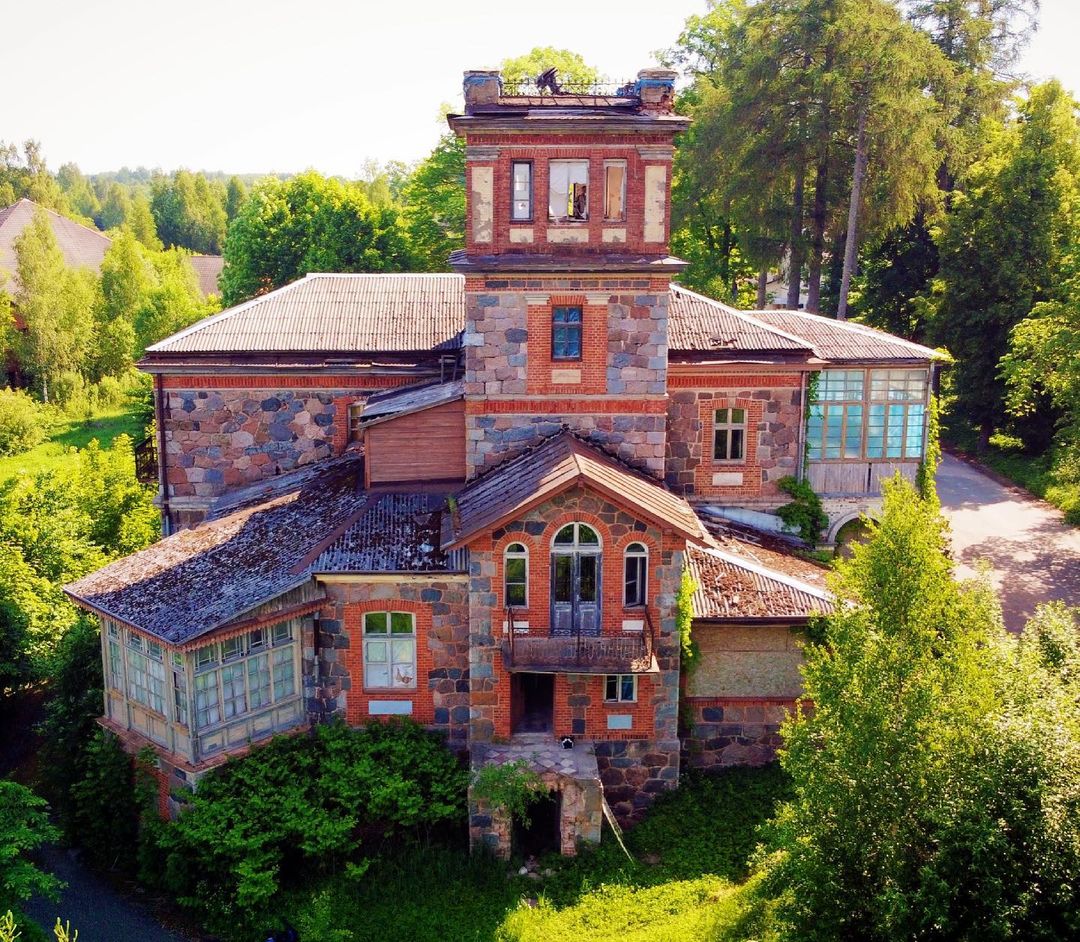
Nestled amidst the serene landscapes near the town of Madona in Latvia, the Lazdonas Manor stands as a silent testament to centuries of history, transformation, and eventual abandonment. With roots dating back to the 16th century, this architectural marvel has witnessed the rise and fall of noble families, served as a sanctuary for wounded soldiers, and endured various reincarnations before succumbing to neglect and decay.
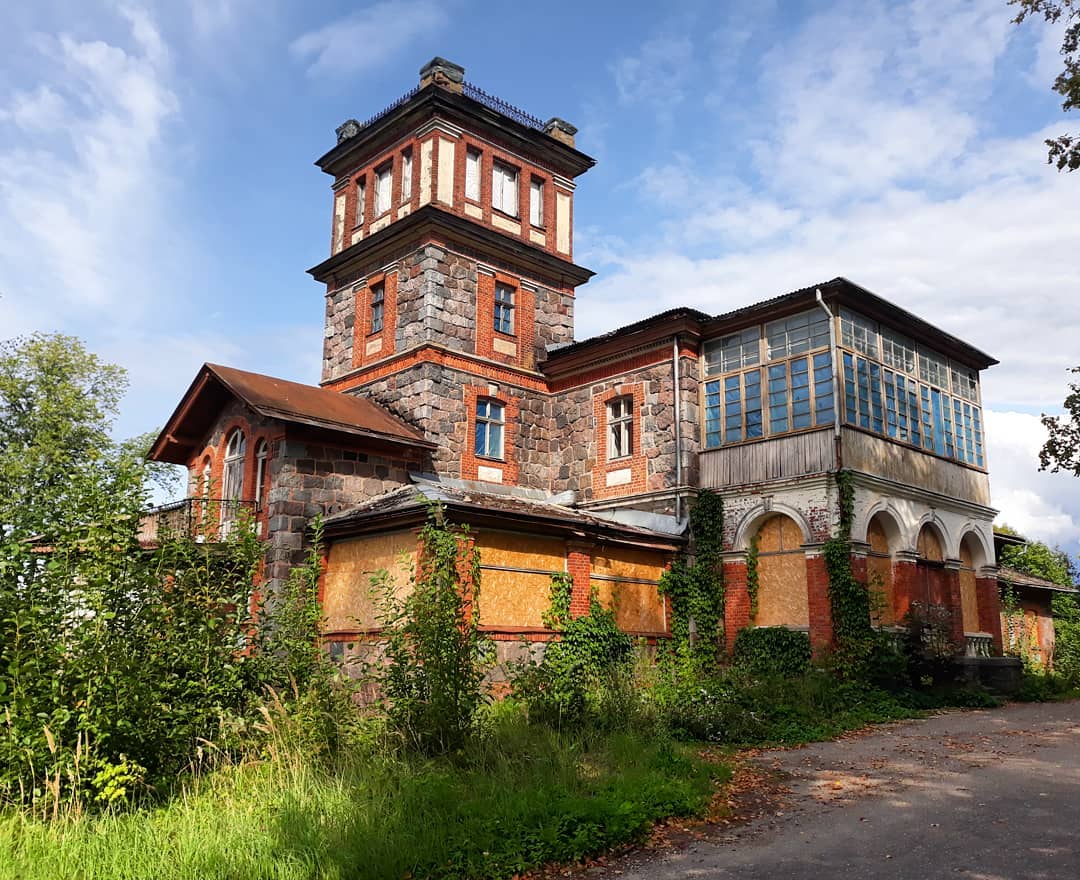
The history of Lazdonas Manor is woven with threads of aristocracy, resilience, and societal evolution. Originally owned by the Klebek family in the 17th century, the manor exchanged hands multiple times over the years, with notable ownership transitions to the Budenbrock and Stankievitz families in the 19th century. It was during Karl Stankievitz’s tenure that the mansion underwent significant renovations, boasting a new facade overlooking the picturesque Lake Lazdona.
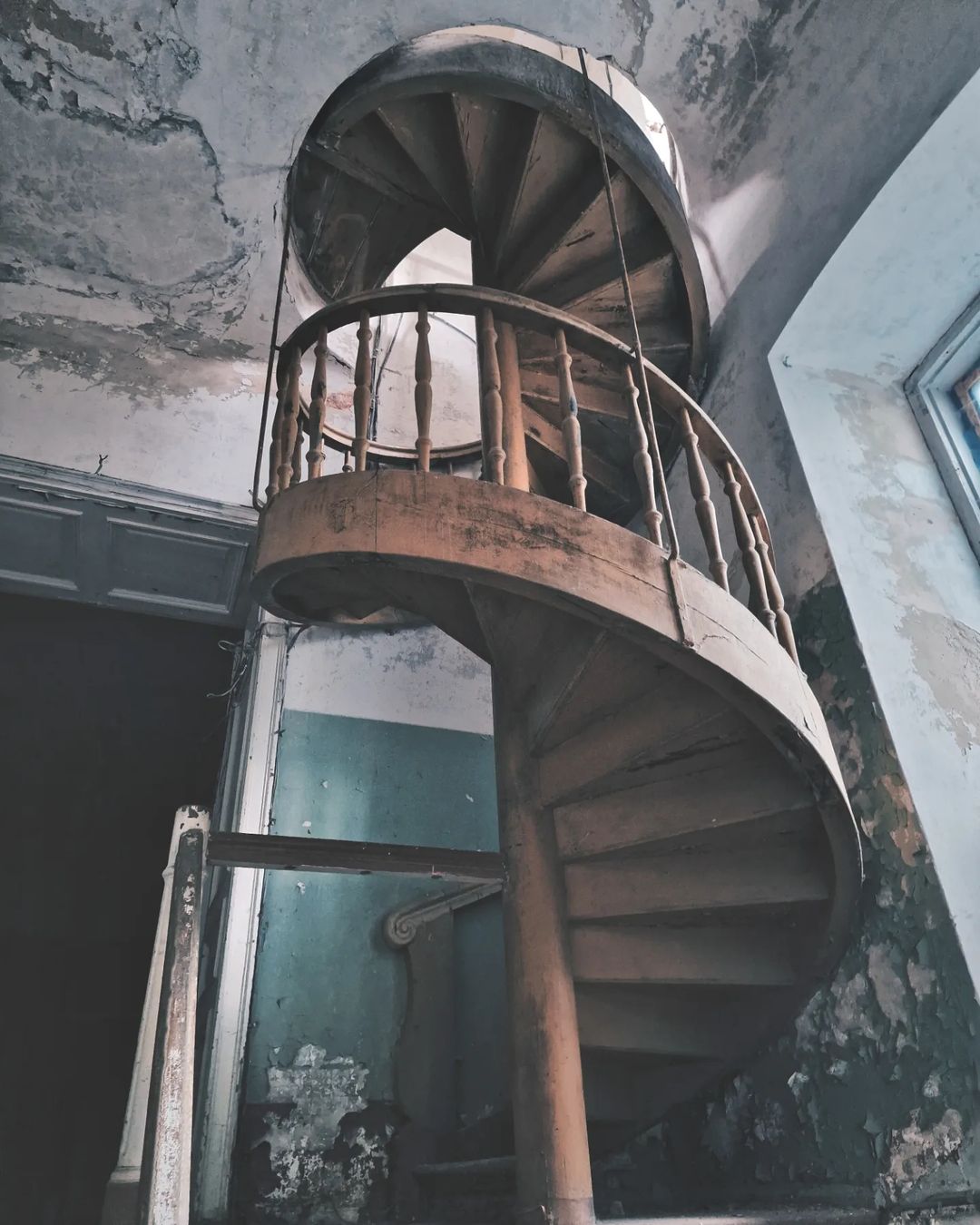
Amidst the turmoil of the First World War, Lazdonas Manor assumed a noble role as a makeshift hospital for wounded soldiers, a testament to compassion amidst chaos. The Schmidt family, particularly Theodor Johann Schmidt, played a pivotal role in converting parts of the mansion into medical wards, providing solace and treatment to the injured. However, the aftermath of the war ushered in a new era of decline as the manor transitioned from a healing haven to a fur farm and eventually fell into abandonment.

Today, Lazdonas Manor stands as a haunting reminder of its former glory, with its grandeur now obscured by neglect and vandalism. Despite the shattered windows and crumbling walls, the essence of its storied past still lingers in the air, drawing inquisitive visitors seeking to unravel its secrets. The allure of Lazdonas Manor lies not only in its architectural splendor but also in the echoes of bygone eras that reverberate through its halls.
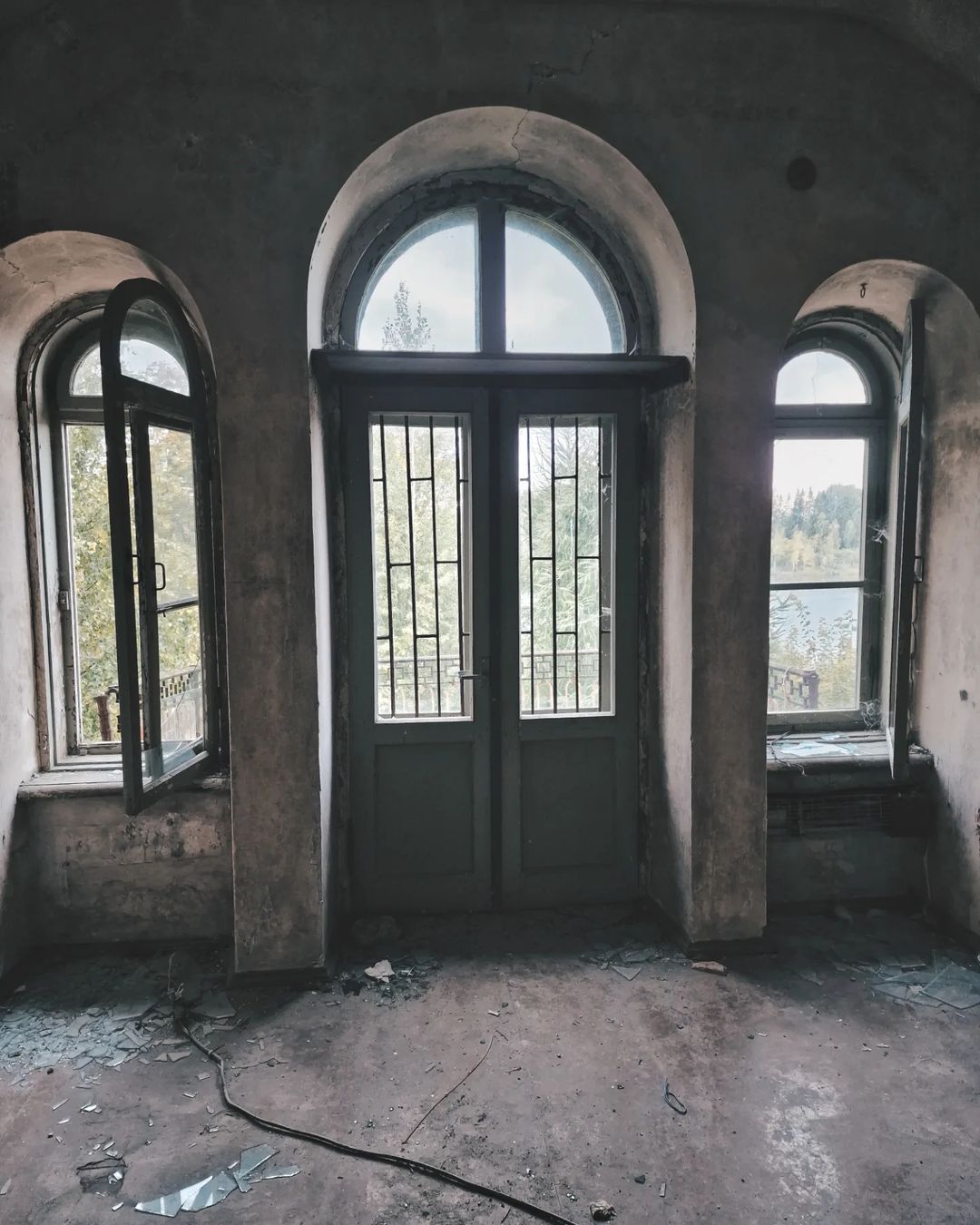
As we stand on the threshold of a new era, it is imperative to recognize the importance of preserving cultural heritage such as Lazdonas Manor. Beyond its physical structure, the manor embodies the collective memory of a community, serving as a bridge between the past and the present. Efforts to restore and protect sites like Lazdonas Manor are not merely acts of conservation but gestures of reverence towards the legacies that shape our identities.

Lazdonas Manor’s story extends beyond its physical presence, transcending into the realm of cinema. Featured in Dāvis Simanis’ acclaimed film “Pelnu Sanatorija,” the manor’s beauty and tragedy are immortalized on the silver screen. However, behind the cinematic lens lies a harsh reality – the gradual decay and desolation that have befallen this once-grand estate.

Dating back to the 16th century, Lazdonas Manor has undergone numerous transformations, each layering upon its rich tapestry of history. During World War I, it functioned as a lazarate, offering refuge to the wounded amidst the chaos of conflict. However, the aftermath of World War II saw the manor repurposed as a fur farm, marking a stark departure from its noble origins. Over the years, it housed various administrative offices and even apartments, reflecting the changing tides of time.
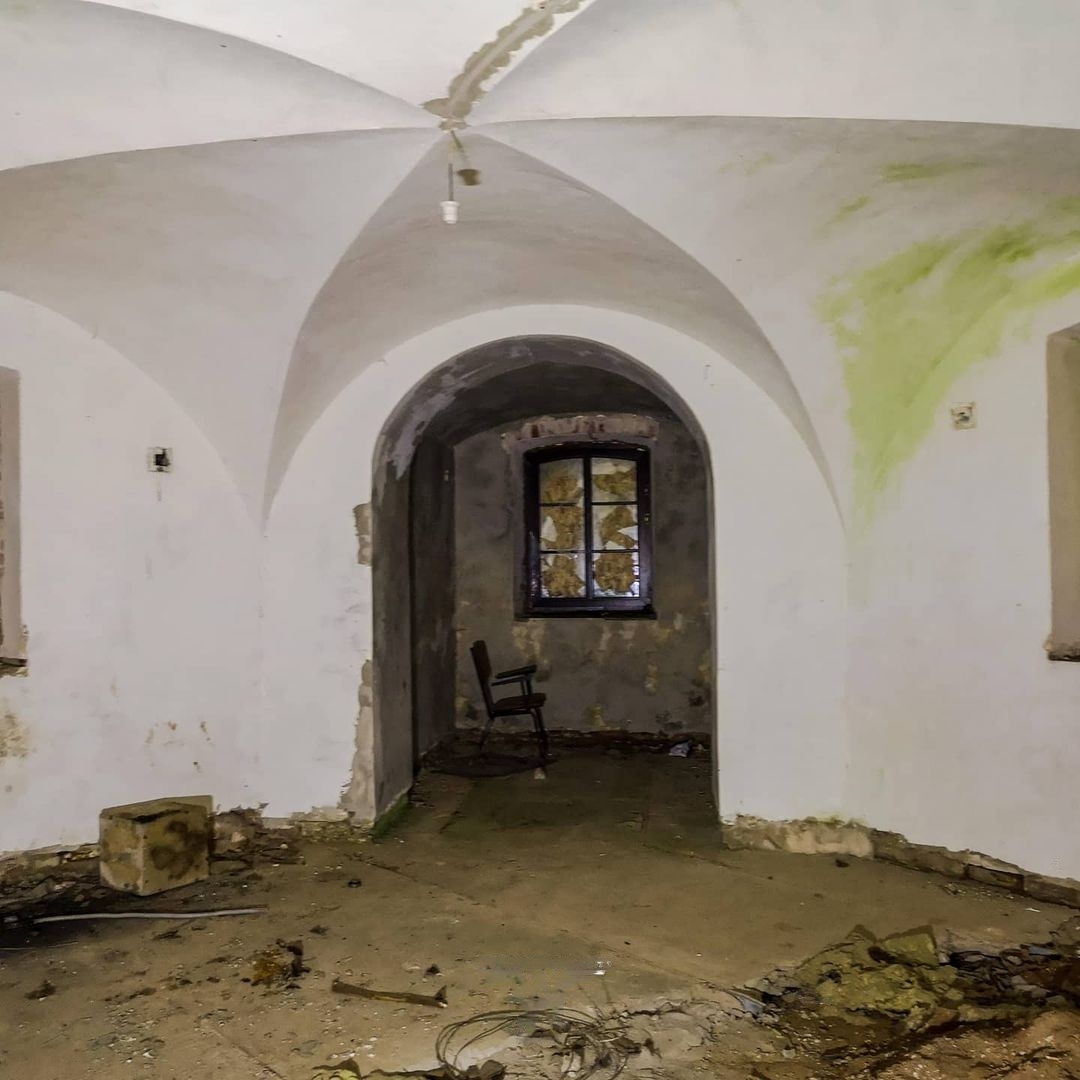
As we gaze upon the crumbling walls and faded grandeur of Lazdonas Manor, let us heed the call to preservation. Beyond its physical decay, the manor embodies the collective memory and identity of a community. Let us honor its legacy by restoring its former glory and safeguarding its stories for future generations. May Lazdonas Manor serve as a beacon of remembrance, guiding us through the corridors of time and inspiring reverence for our shared heritage.
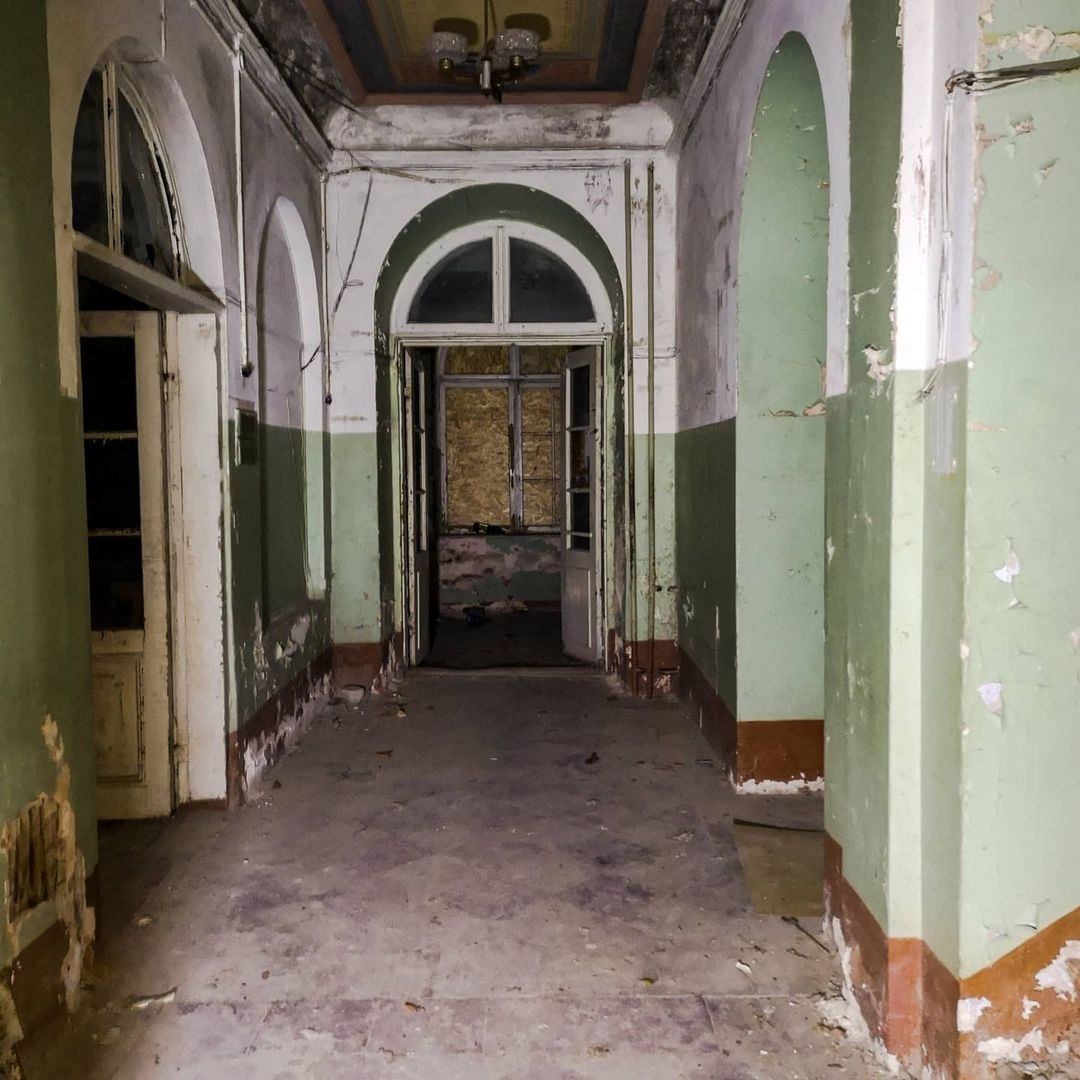
In conclusion, Lazdonas Manor is more than just an abandoned building; it is a testament to the resilience of the human spirit and the passage of time. As we gaze upon its weathered façade, may we be inspired to cherish and protect the treasures of our past, ensuring that Lazdonas Manor’s story lives on for future generations to discover and appreciate. For further exploration into the world of abandoned wonders, I encourage you to also discover the haunting tale of the “Abandoned Manoir Joachim Kroll.” Just as Lazdonas Manor holds within its ruins the echoes of bygone eras, the Manoir Joachim Kroll bears witness to a different narrative of abandonment and mystery. Together, these forgotten landmarks offer us glimpses into the past, urging us to cherish our cultural heritage and preserve it for future generations.
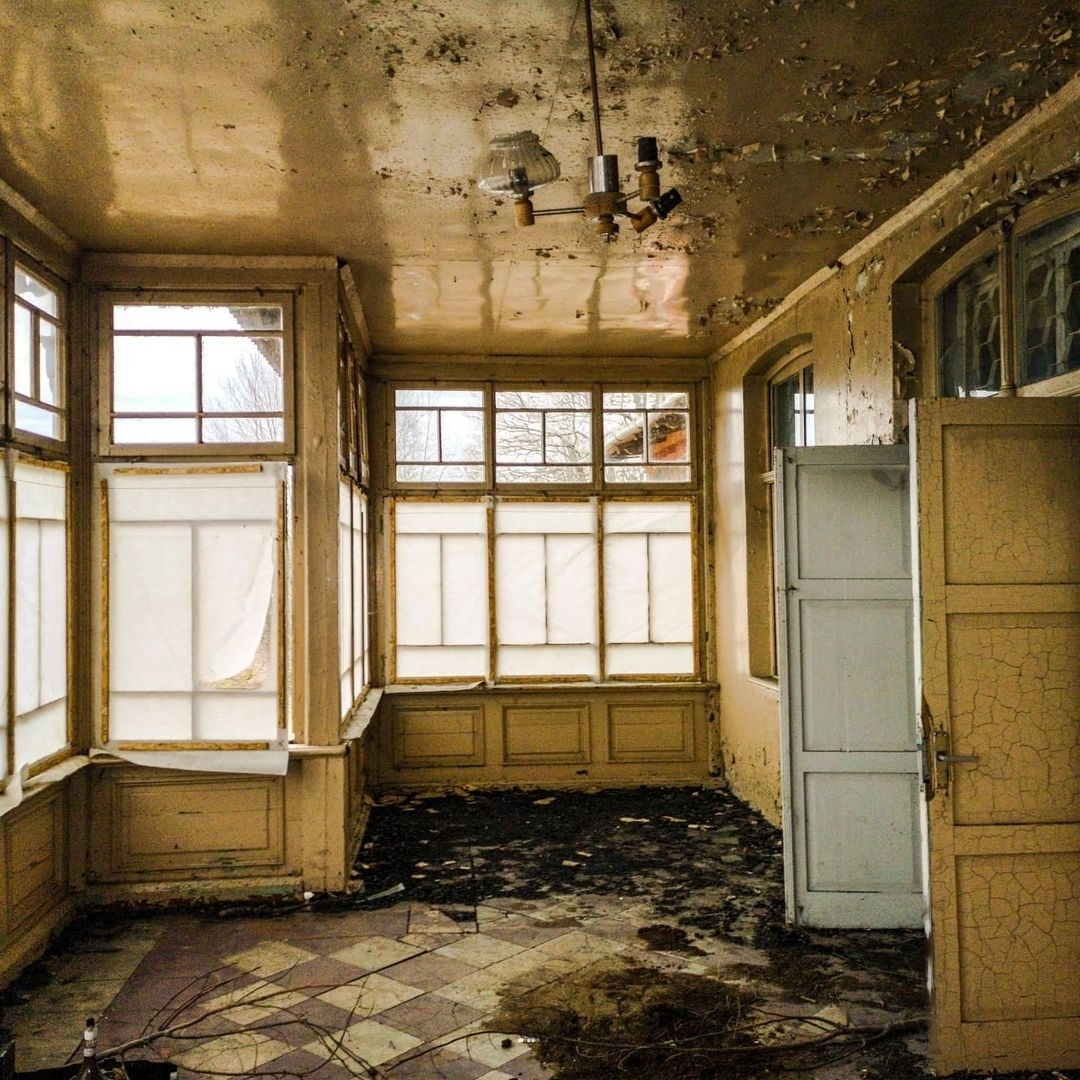

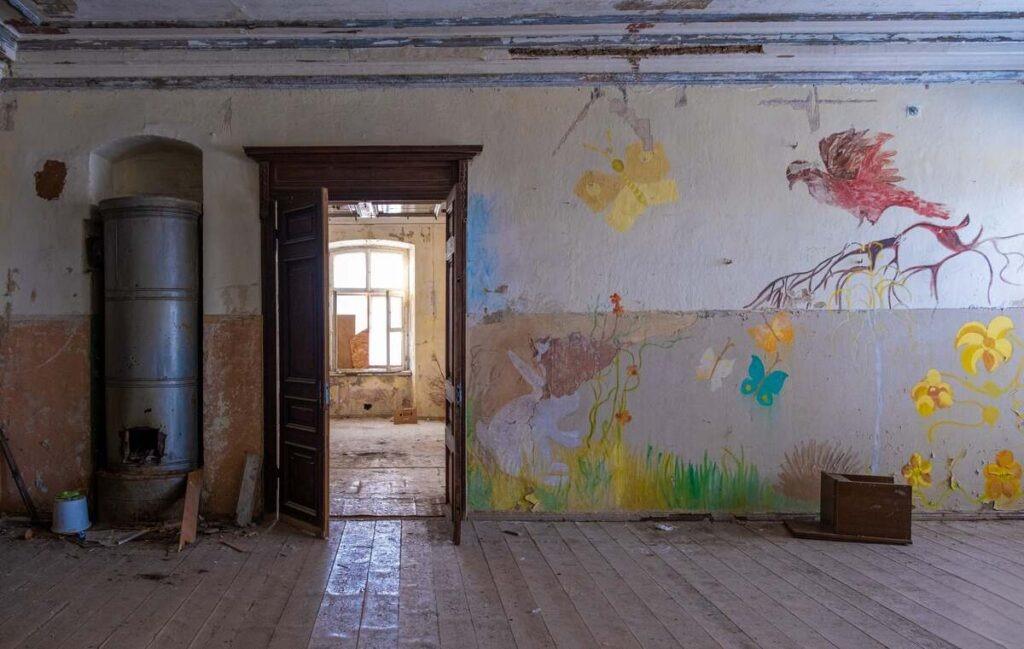
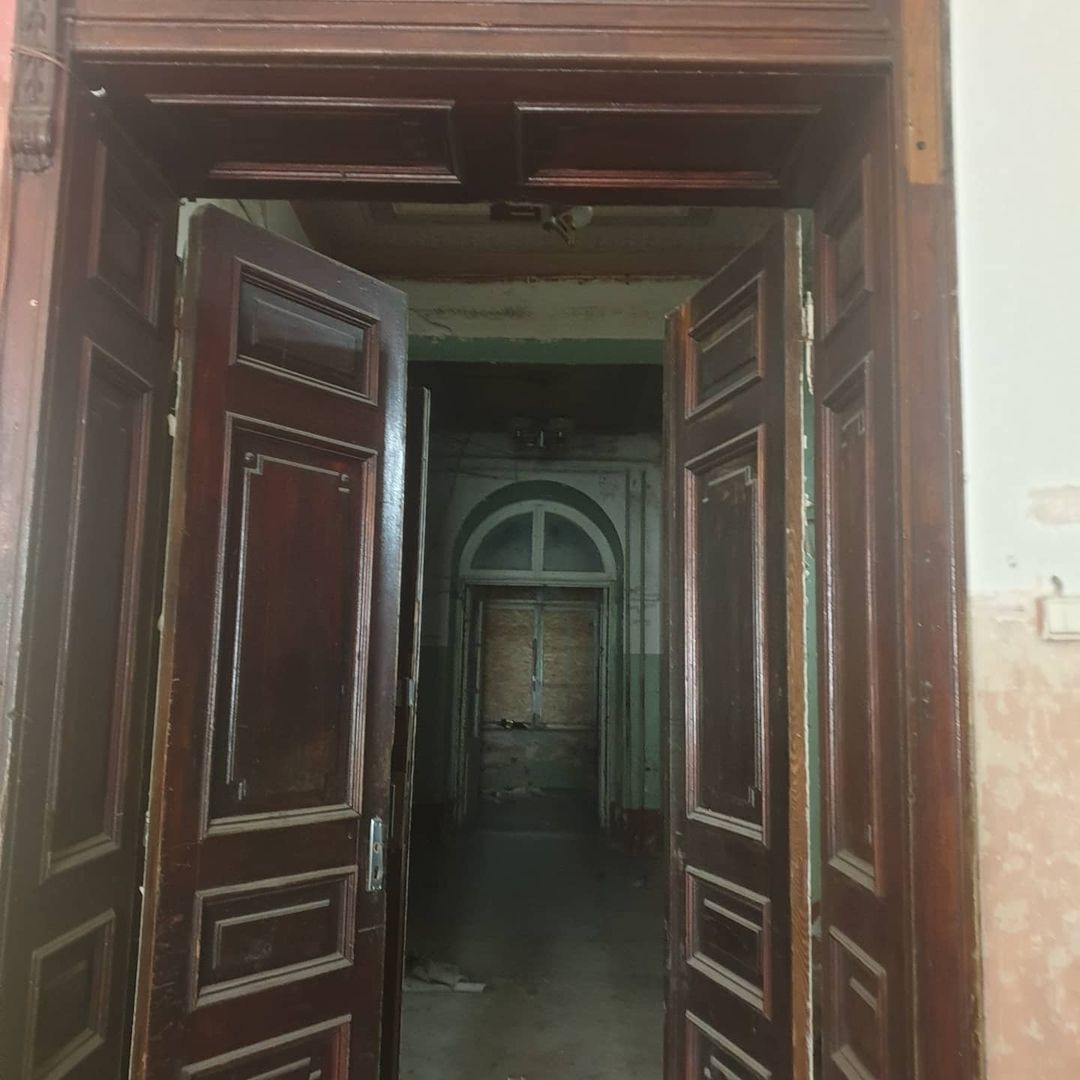
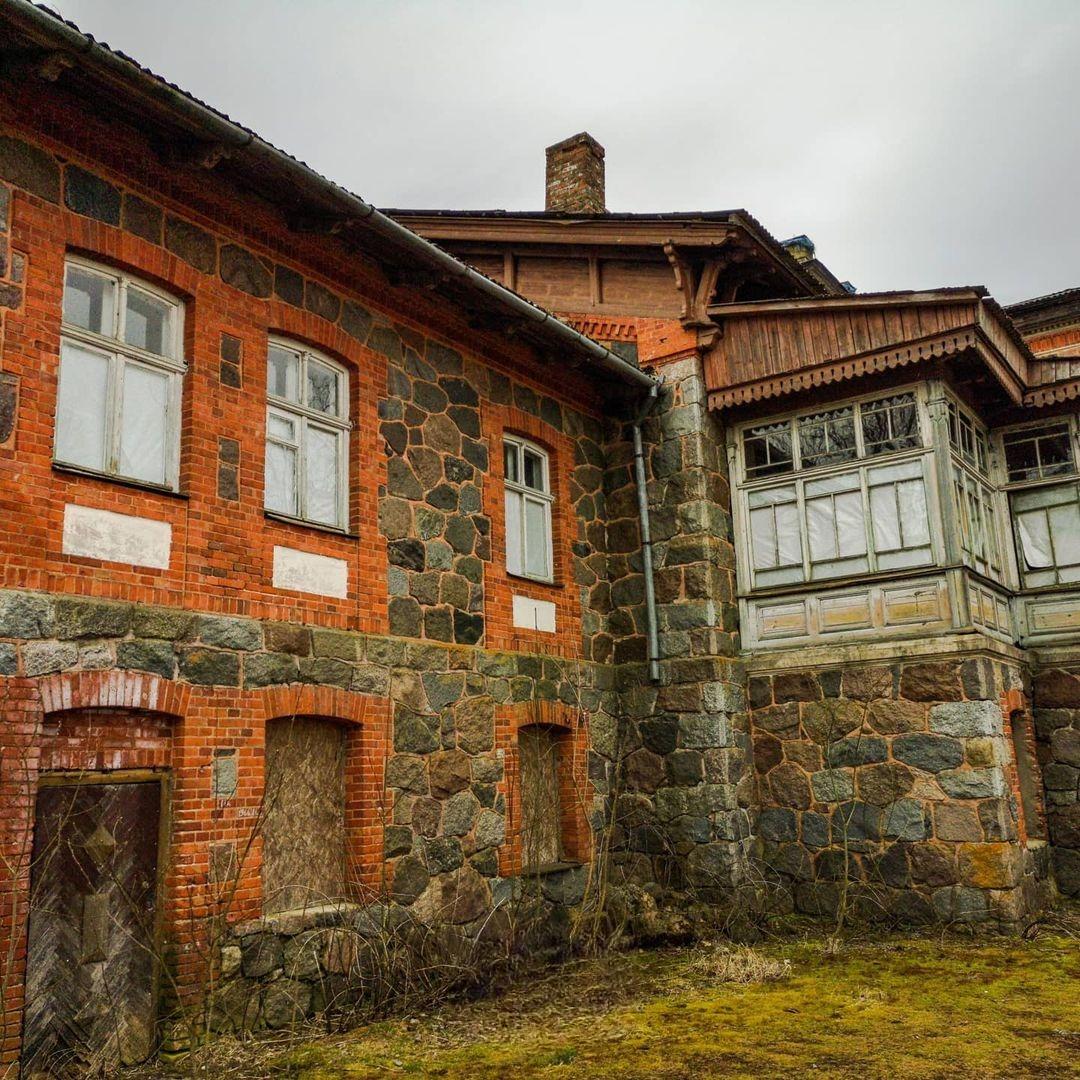
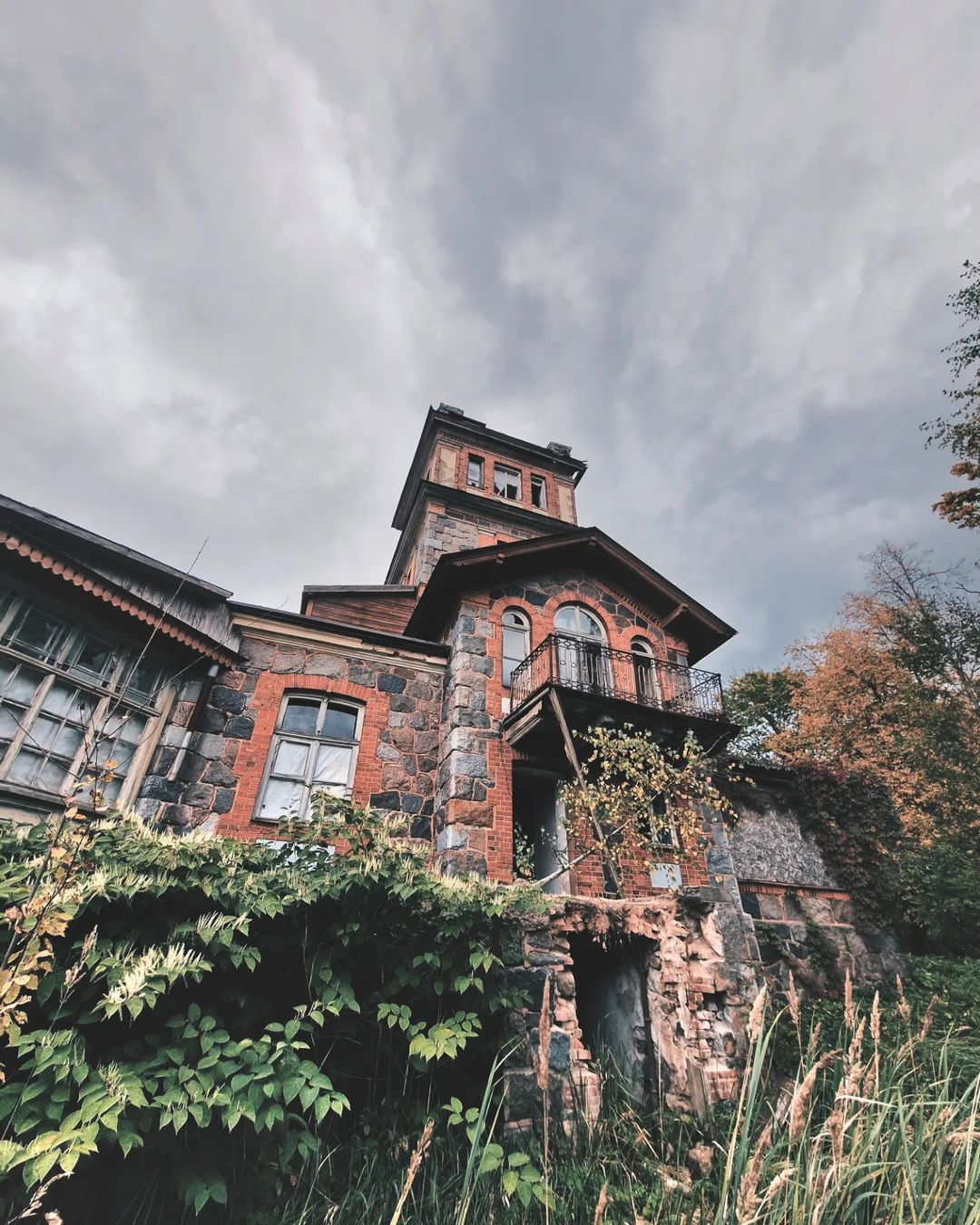
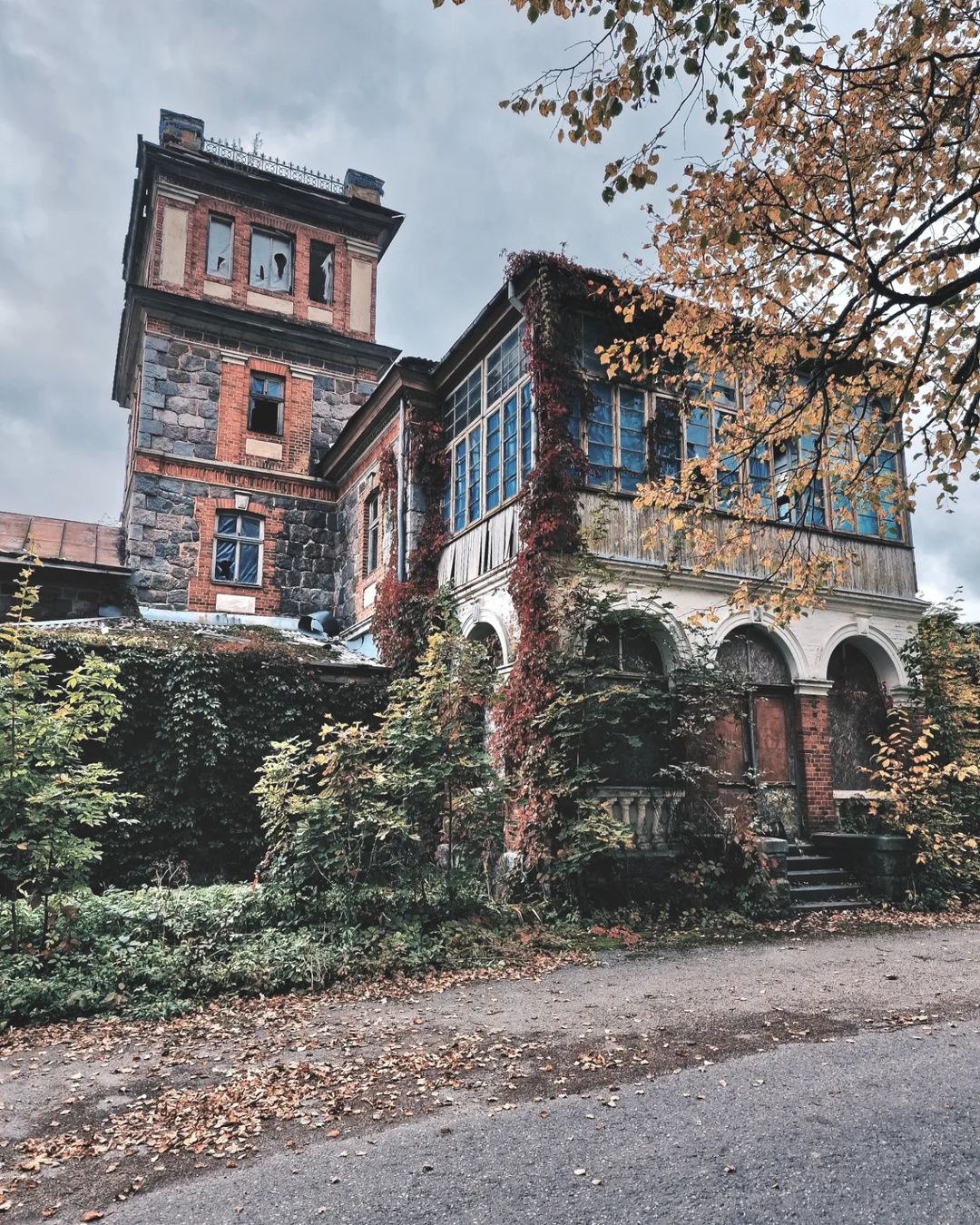
I’m firstly a lover off historical buildings and securing for future generations, having been a member of SPAB in the UK for many years. Secondly a property developer on a mission to preserve and restore these masterpieces of architecture and history.
Owners of these buildings across the globe should legally be made to restore, maintain or sell these assets off history . They actually aren’t owners they are custodians and have duty of care, if they don’t like their legal obligations then they should lose them.